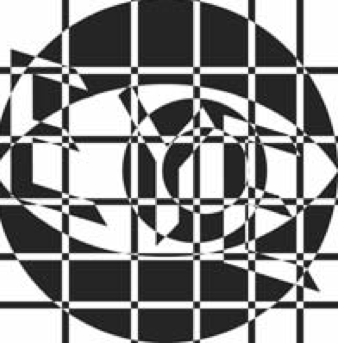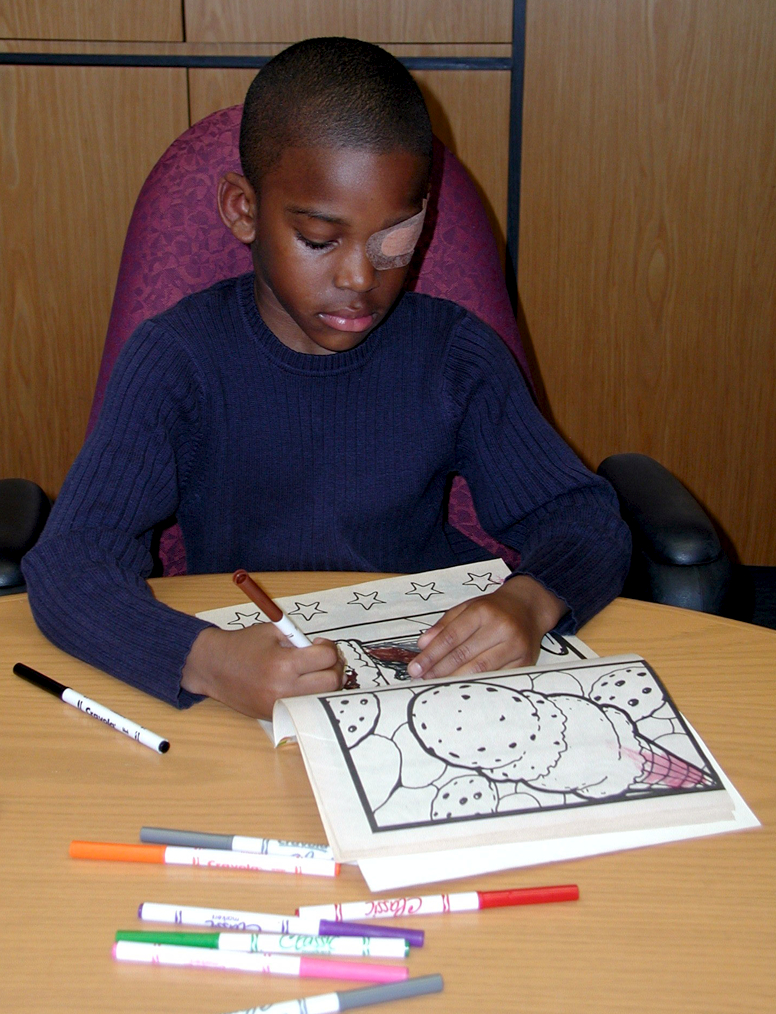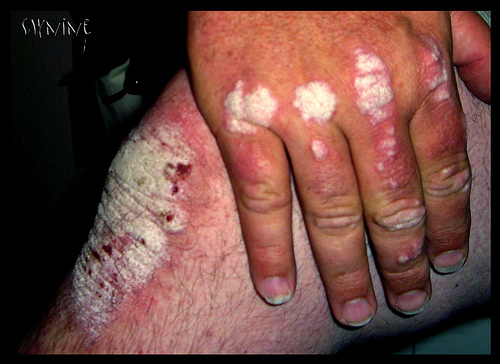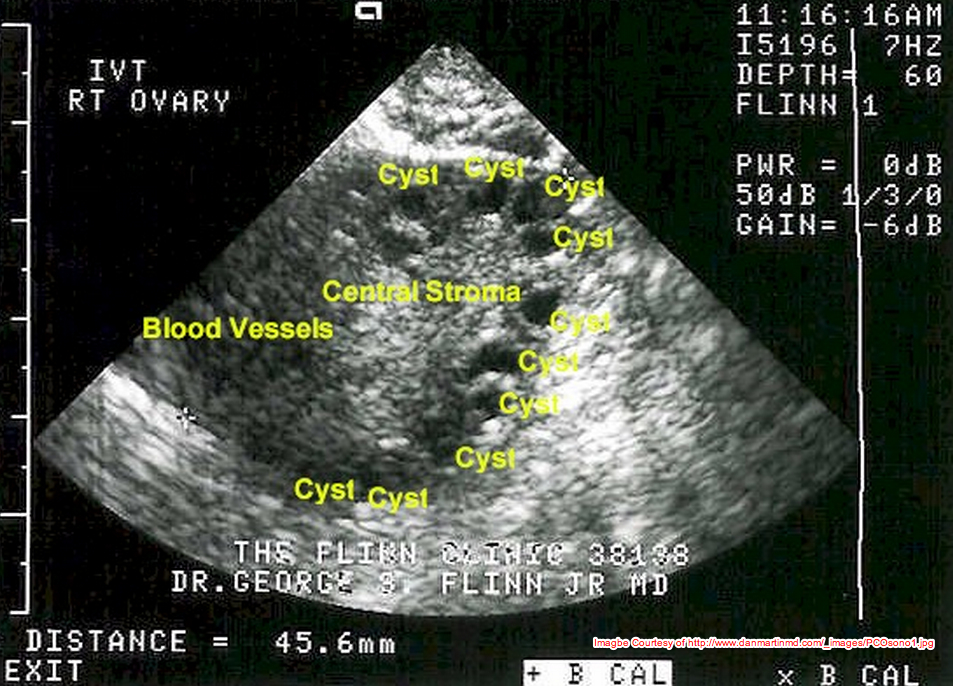Retinitis Pigmentosa May Respond to Acupuncture
 Thursday, March 31, 2011 at 11:44PM
Thursday, March 31, 2011 at 11:44PM Mounting evidence suggests that acupuncture is an effective treatment for retinitis pigmentosa (RP), a degenerative eye disorder that may to lead to blindness. A recent study published in the Journal of Clinical Acupuncture and Moxibustionconcludes that acupuncture treatment protects the optic nerve from damage caused by intraocular pressure by alleviating stresses on retinal and optic nerve axonal ultrastructures.1 The Chinese Journal of Integrated Traditional and Western Medicine published that the use of Chinese medicine improved retinal cone activity for patients with retinitis pigmentosa, even in cases of advanced retinal degeneration. Using electroretinograms for the investigation, the study also concludes that, “TCM (Traditional Chinese Medicine) treatment could also enhance the bioactivity of (the) nerve network and therefore have a definite significance in retarding the progression of disease and keeping the central vision.”2 In another study, injections of She Xiang into acupuncture points UB18 and UB23 helped patients with retinitis pigmentosa. The study concludes that injection of She Xiang into Ganshu (UB18) and Shenshu (UB23) “can improve effectively the function and metabolism of optic cells, promote blood circulation of the retina, enhance the visual acuity, and protect the central vision for the patient of retinitis pigmentosa.”3 Yet another study of retinitis pigmentosa patients receiving acupuncture (ranging from ages 7 – 75 years) showed significant improvement and a halting of deterioration of the visual field.4
We also treat many vision problems related to stroke, infection, trauma, glaucoma, and other forms of retinitis.

1 Sun He , Zhang Hu. The Protective Effect of Acupuncture Treatment on Retinal and Optic Nerve Axonal Ultrastructure in Rabbit Eyes with Chronic Elevated IOP. Journal of Clinical Acupuncture and Moxibustion. 2010-05.
2 Wu Xing-Wei; Tang You-zhi. Study on Treatment of Retinitis Pigmentosa with Traditional Chinese Medicine by Flicker Electroretinogram. CHINESE JOURNAL OF INTEGRATED TRADITIONAL AND WESTERN MEDICINE. 1996-06.
3 Hao Xiaobo, Wang Guihong, Peng Changxin, et al. (Department of Ophthalmology, the First Affiliated Hospital of Guangxi University of TCM, Nanning 530023, China). Study on treatment of retinitis pigmentosa with acupoint injection of Shexiang Injection. Chinese Acupuncture and Moxibustion. 2003-4.
4 Reddy NS, Fouzdar NM. Role of acupuncture in the treatment of `Incurable' retinal diseases. Indian J Ophthalmol 1983;31:1043-6.
5 Wu Xing-Wei; Tang You-zhi. Study on Treatment of Retinitis Pigmentosa with Traditional Chinese Medicine by Flicker Electroretinogram. CHINESE JOURNAL OF INTEGRATED TRADITIONAL AND WESTERN MEDICINE. 1996-06.
 Chinese Medicine,
Chinese Medicine,  Retinitis Pigmentosa,
Retinitis Pigmentosa,  acupuncture,
acupuncture,  blindness,
blindness,  natural,
natural,  retina,
retina,  vision in
vision in  Disorders,
Disorders,  Treatment
Treatment 

